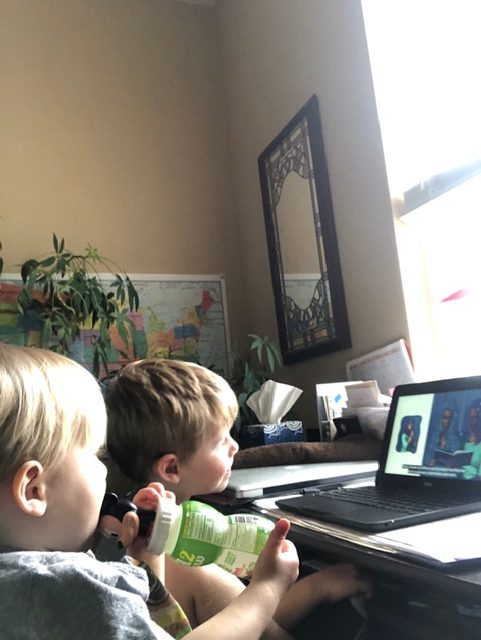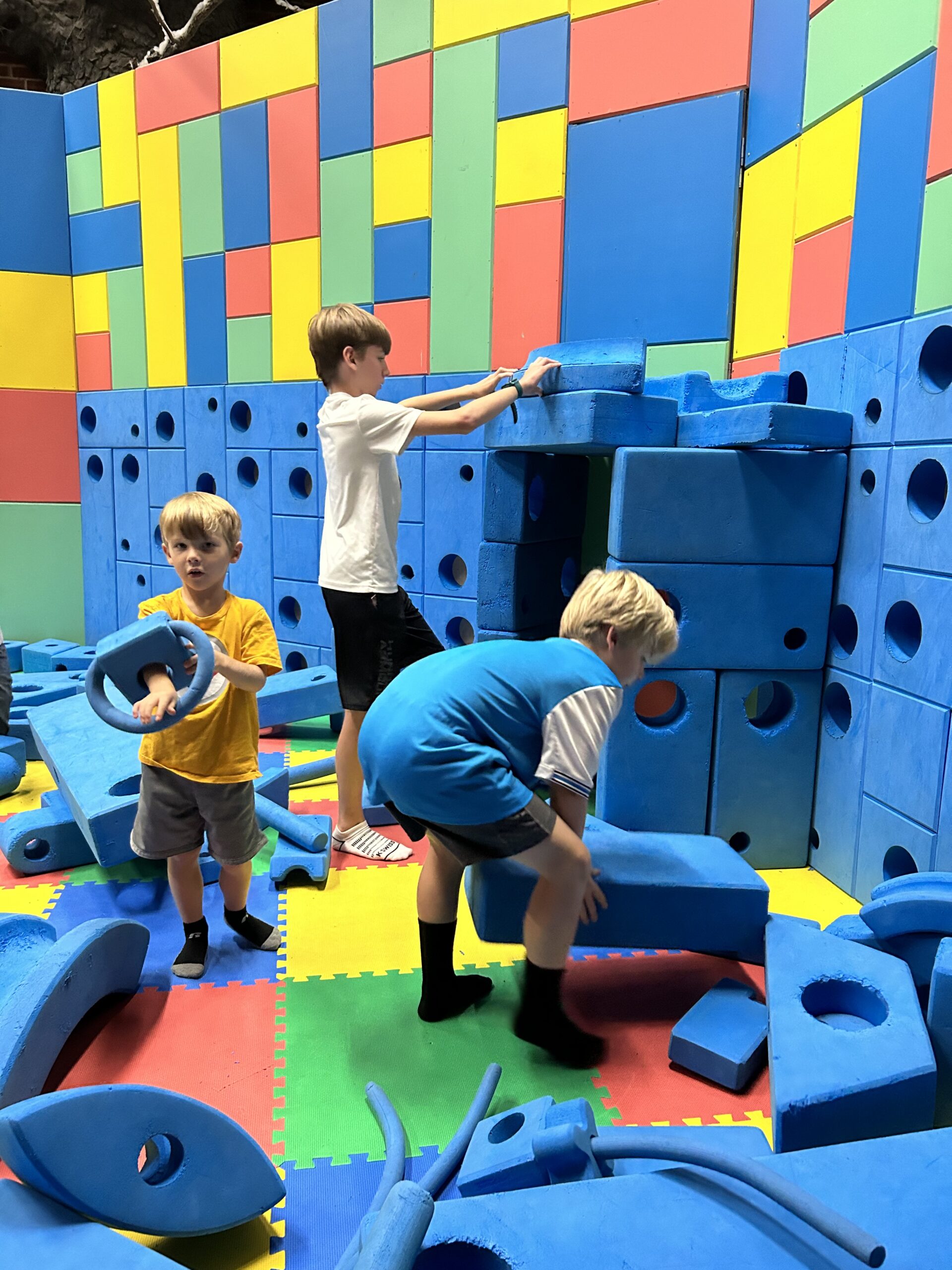Asynchronous learning is what most students experience with the schools closed. The premise is the learning occurs at different times with each learner. This is the learning the students ended the 2019-2020 school year. However, this school year most schools conduct synchronous learning. Having said that, learning has become e-learning and not in-class learning. Student classes are remote. They begin class at the same time from various locations. The remote learning conducts itself as if in a regular classroom. Many teachers are streaming videos and students connect to online meetings. Collaboration and group work is possible with asynchronous as well as synchronous learning. However, it becomes exhausting for students.
Synchronous remote learning with realtime instruction is messy. Experts say synchronous learning is not bad in emergencies. With many students socially isolated, synchronous learning provides them with a sense of community. However, students with disabilities are at a disadvantage. Also, students with no internet are at the disadvantage.
Synchronous Remote Advantages
With synchronous remote learning, students hear and see the teacher. Thus, the teacher encourages active participation in the lessons. He/she hears the conversations of other children. Also, students learn from each other. Learning with a teacher in real-time provides students with the ability to learn and work together. In that, synchronous e-learning provides real-time contact with teachers, asynchronous remote learning does not.
It is necessary to continue with physical distancing for some time. Thus, schools continue to improve classes that are well-structured for students to participate in live group-activities. This is possible for children in elementary school but difficult for PreK and kindergarten students.
All-in-all, successful classes are based on how well students learn. To measure and improve learning is to have a teacher available to ask and answer questions throughout the lesson.
Problems
A problem with measuring student learning is that not all students share the advantages of internet access, parental assistance, or content needed to meet all learning types and styles. The actual classroom fulfills all learning types and styles. Thus, students learn from other students through their questions and actions. This is simulated through synchronous remote learning without the actual presence of being together. Students do not feel the climate of the classroom.
Both types of e-learning have benefits and provide students a chance to academically succeed. With proper supervision and participation, the real-time experience engages students. Students can collaborate and learn without the actual in-person classroom experience.




